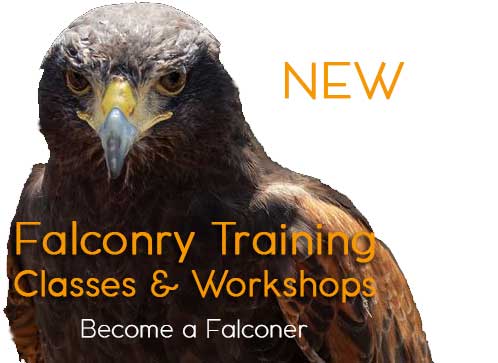A typical drone is made of light composite materials to reduce weight and increase maneuverability. This composite material strength allows drones to cruise at extremely high altitudes, absorbing vibration to decrease sound. Especially when using a drone to survey nesting birds of prey, we want to disturb the birds as little as possible.
Drones are equipped with different state of the art technology such as infrared cameras, GPS and laser, depending on the intended use (consumer, commercial or military UAV) as well as a control system. The remote ground control systems (GSC) are also referred to as a ground cockpit.
In Bird and Animal Wildlife Control, we use mostly VTOL drones. These are generally quadcopters and can take off, fly, hover and land vertically. The exact meaning of VTOL is “Vertical Take-Off and Landing”.
A few of the latest small drones such as the DJI Mavic Air take VTOL to the next level and can be launched from the palm of your hand. Nearly all drones have a Ground Station Controller (GSC) or a smartphone app allowing us to keep track of the current flight telemetry and see what our drone sees in real time. This is accomplished by FPV technology. FPV means “First Person View”. A video camera is mounted on the unmanned aerial vehicle and this camera broadcasts the live video to the pilot on the ground. The ground pilot is flying the aircraft as if they were on-board the aircraft instead of looking at the aircraft from the pilot’s actual ground position.
FPV allows the unmanned aircraft to fly much higher and further than you can from looking at the aircraft from the ground. First Person View allows for more precise flying especially around obstacles, allowing unmanned aerial vehicles to fly very easily indoors, or through forests and around buildings. The live video feed is related to the strength of the signal between the ground control on the drone. Hawkeye's DJI Mavic 2 has an FPV live video range of 2500m with a 720p quality video transmission.
At Hawkeye, we use drones to evaluate situations or locations otherwise difficult or impossible to access. A good example is communications and utility towers. In order to ensure the safety of technicians working on tower equipment, nesting birds of prey will have to be temporarily removed or distracted. By obtaining video and images from our drones, we can assess the situation and devise a plan before ever having the need for a person to go near the nest.















